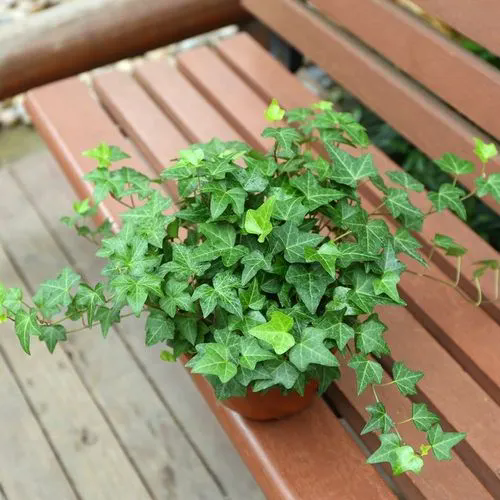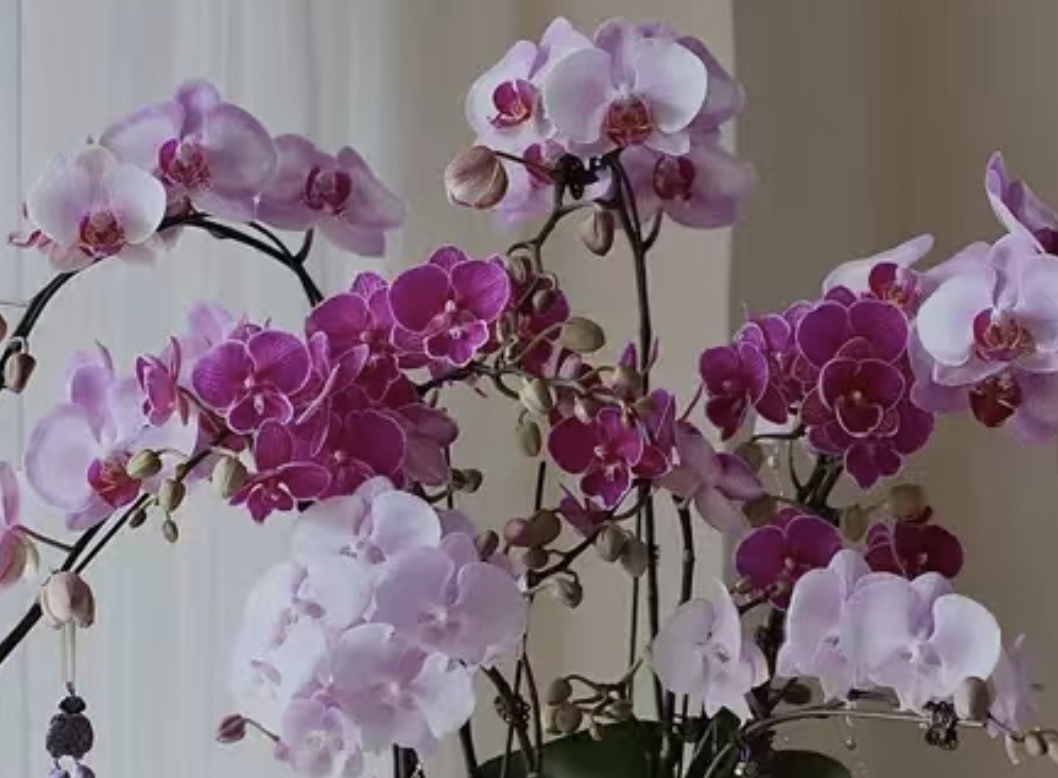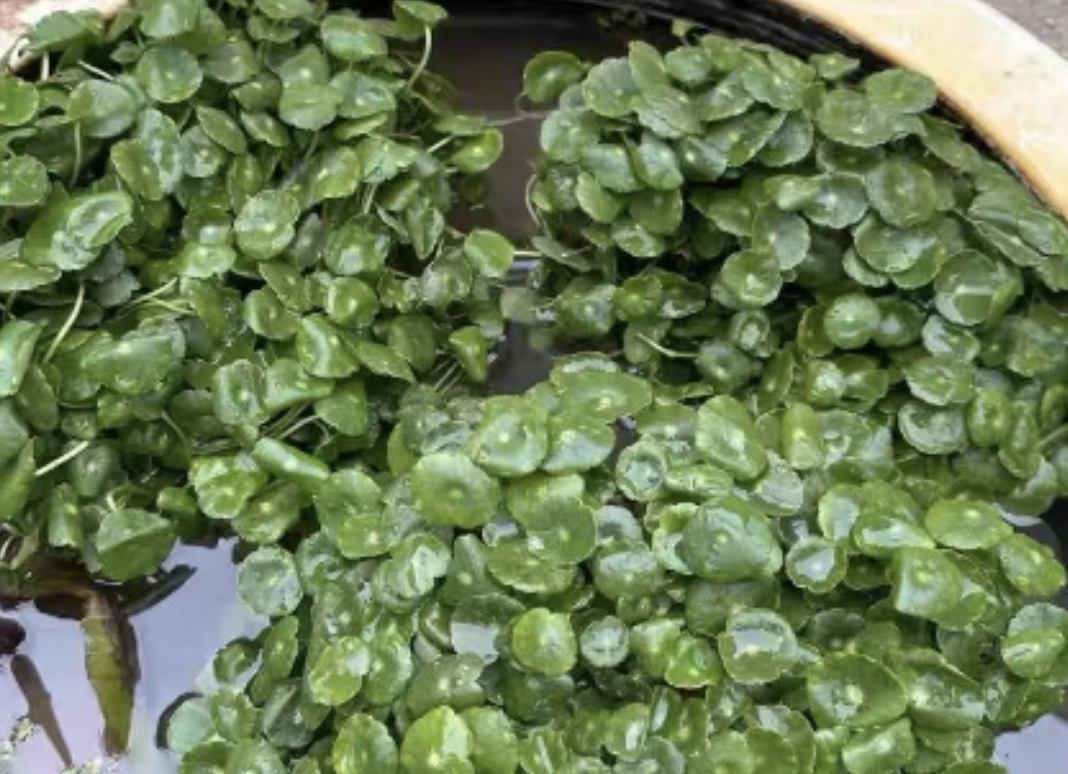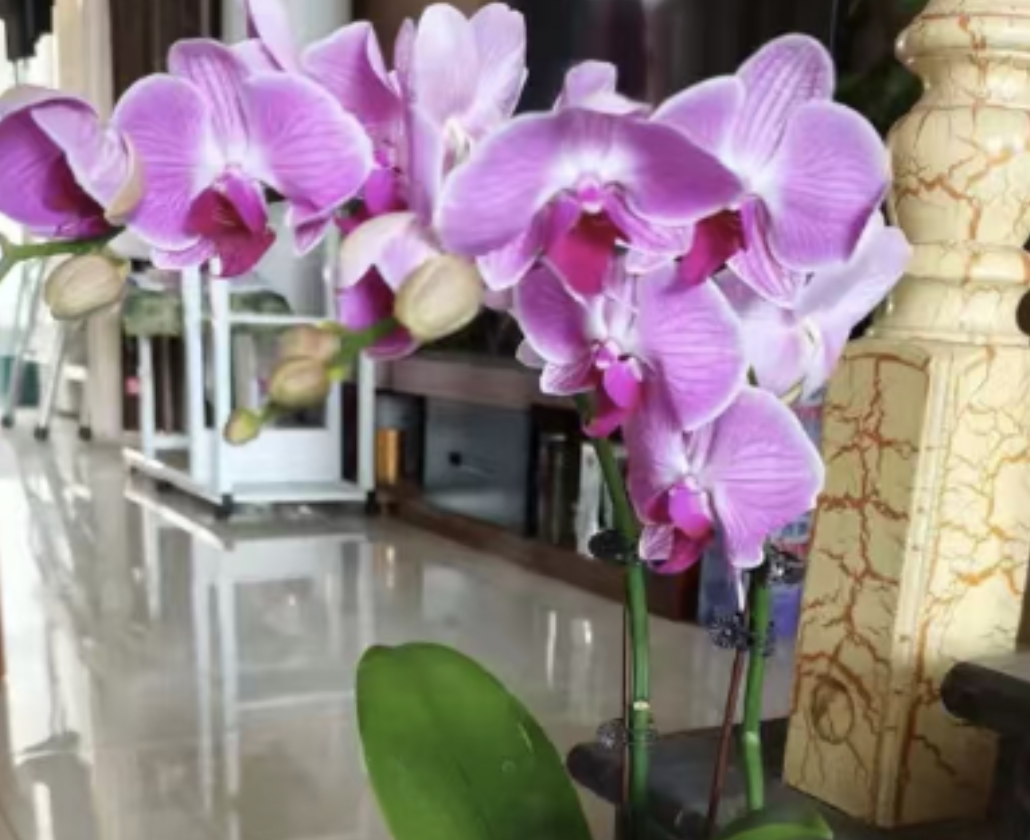During the process of maintaining potted plants, leaves are important "indicators" reflecting their health conditions. By carefully observing the shape, color, texture and other characteristics of the leaves, we can preliminarily determine the health level of the potted plants, discover problems in time and take corresponding measures.
Firstly, the color of the leaves is an intuitive indicator to judge whether a potted plant is healthy or not. Healthy leaves usually present a bright, rich and uniform green color. If the leaves turn yellow overall, it may mean that the plant lacks nitrogen. Nitrogen is one of the important nutrient elements required for plant growth. Lack of nitrogen will cause the leaves to grow slowly, turn yellow and become thinner. If the veins of the leaves remain green while the leaf flesh turns yellow, it may be a sign of iron deficiency. In this case, the plant cannot synthesize chlorophyll normally and photosynthesis is affected.
The appearance of brown or black spots and patches on the leaves is often a signal of disease invasion. For example, anthrax disease will form circular or irregular brown lesions on the leaves, and there is often a yellow halo around the lesion edge. Black spot disease will cause black spots on the leaves, which gradually expand and merge. In addition, leaf spot disease, brown spot disease, etc. will also have similar symptoms. If such situations are found, the diseased leaves should be cut off in time and corresponding fungicides should be used for prevention and control.
The morphological changes of the leaves can also reflect the health status of the potted plants. If the leaves are curled or wrinkled, it may be attacked by pests, such as aphids, red spiders, etc. These pests will suck the sap of the leaves, causing the leaves to lose water and nutrients, resulting in curling and wrinkling. In addition, environmental factors may also cause abnormal leaf morphology. For example, excessive light will burn the leaves, causing burnt and dry edges; while insufficient light will cause the leaves to grow excessively, becoming thin and slender.
The texture of the leaves is also an important basis for judging the health of potted plants. Healthy leaves usually have a tough and elastic texture. If the leaves become soft, fragile and easy to break, it may be caused by excessive watering, which leads to root rot and affects the absorption of water and nutrients. On the contrary, if the leaf texture is rough and hard, it may be caused by lack of water or improper fertilization.
In addition to the above common situations, the growth rate of the leaves and the germination of new leaves can also provide information about the health of the potted plants. If the potted plant does not grow new leaves for a long time, or the new leaves grow slowly and weakly, it may be that the overall growth of the plant is poor, and it is necessary to check whether the environmental factors such as soil fertility, light and temperature are suitable.
In addition, attention should also be paid to the shedding of leaves. Under normal circumstances, plants will have a small amount of old leaves fall off naturally. But if a large number of leaves suddenly fall off, this is usually a sign that the plant is under severe stress, which may be caused by damaged roots, severe disease infection or too drastic environmental changes.
In conclusion, by carefully observing the color, shape, texture, growth rate and shedding of the leaves of potted plants, we can judge the health status of the potted plants relatively accurately. After discovering the problem, it is necessary to analyze the cause in time and take corresponding solutions, such as adjusting the amount and frequency of watering and fertilization, improving the light and ventilation conditions, and preventing and controlling pests and diseases. Only in this way can we keep the potted plants in a good healthy state and add more greenery and vitality to our lives.
Of course, leaves are only one aspect for judging the health of potted plants. It is also necessary to make a comprehensive judgment by combining the conditions of other parts such as branches, flowers and roots. At the same time, different types of potted plants may have their own unique characteristics and needs. Therefore, during the maintenance process, it is also necessary to understand and master the habits of each plant in order to judge and solve problems more accurately.
How to judge whether a potted plant is healthy by observing its leaves?

Share with
Tagged in :




Leave a Reply